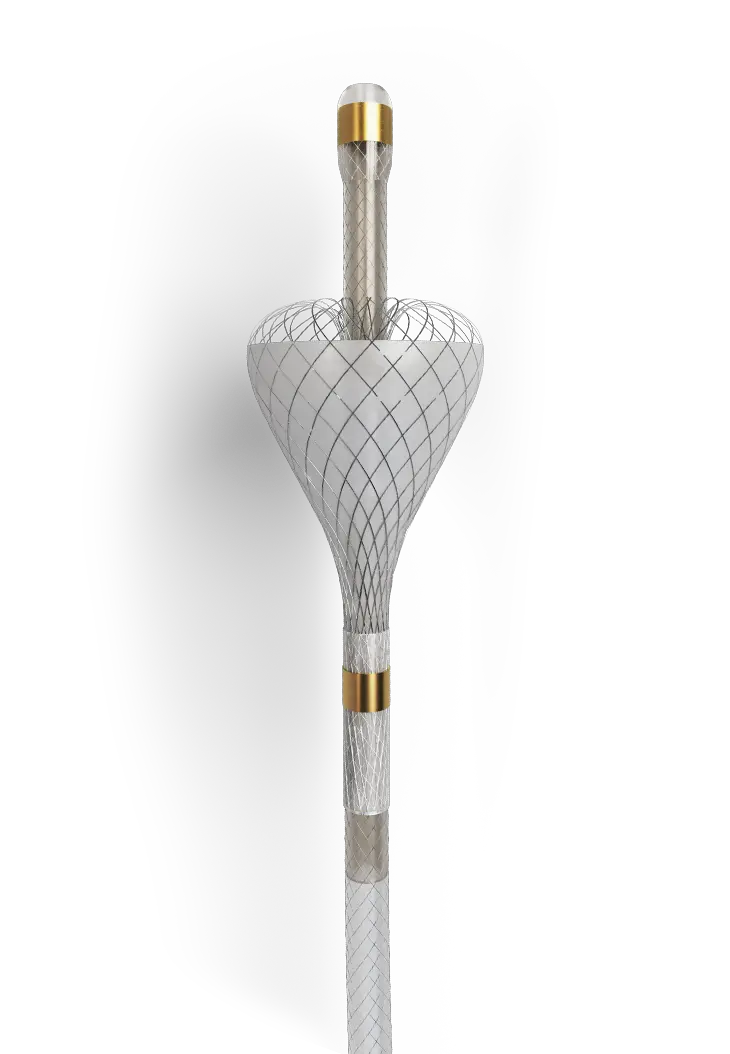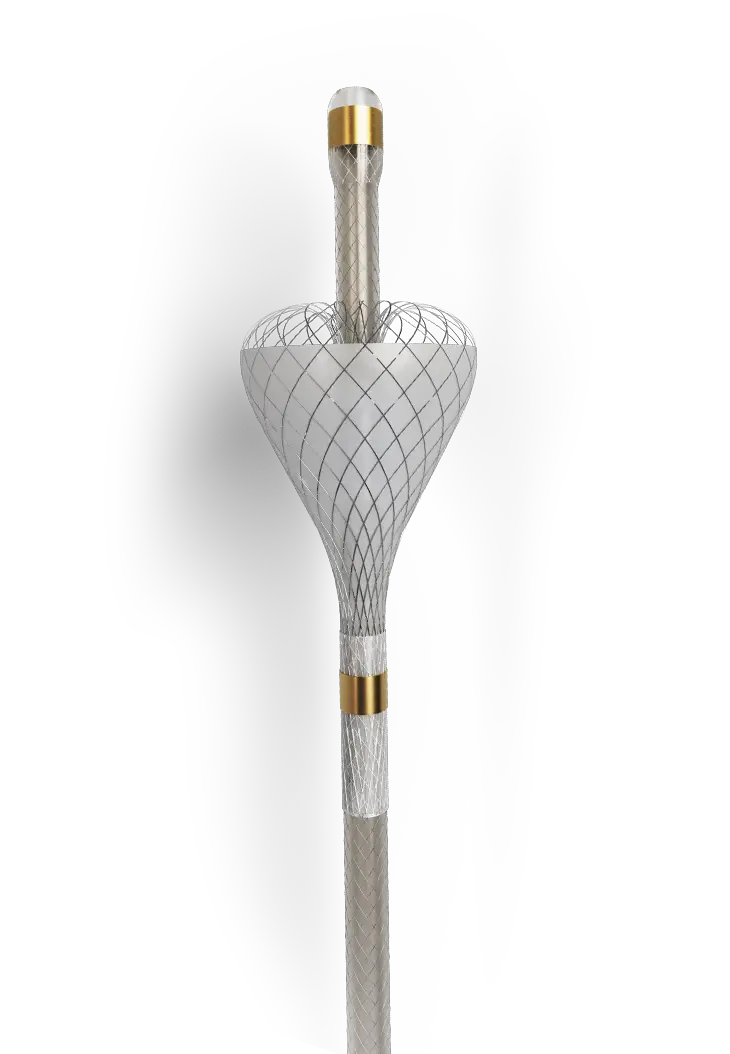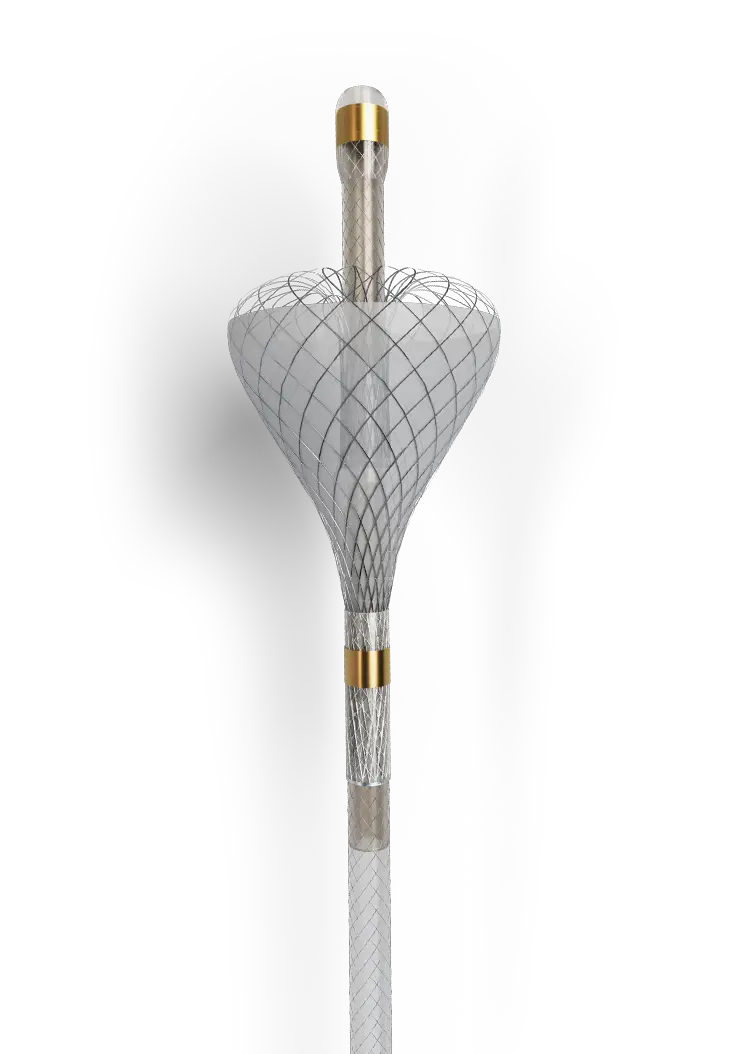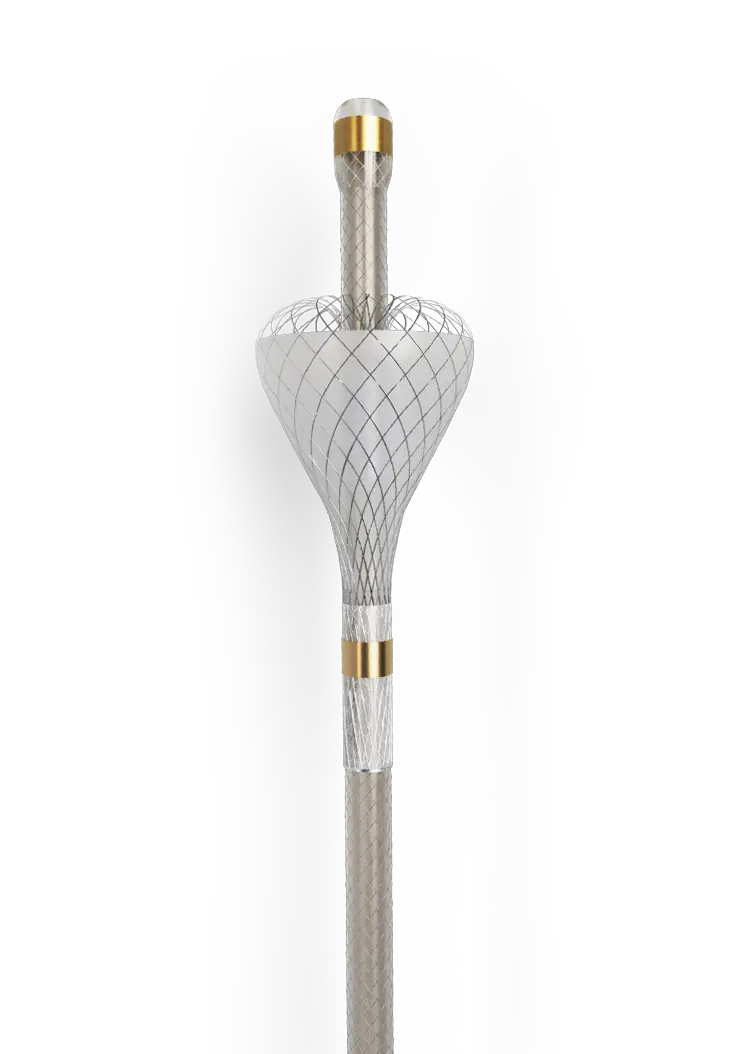Trinav infusion systems
Select the Best Device for Each Unique Case
TriNav® Infusion Systems provide Interventional Radiologists with a portfolio of tools to address a wide range of vessel anatomy. Because every case is different, we offer the following options to help you get the job done right.
Compare TriNav Products Side-By-Side
|
Product Code
|
TriNav® TNV-21120-35 TNV-21150-35 |
TriNav® FLX FLX-21120-35 FLX-21150-35 |
TriNav® LV TVM-25120-50 TVM-25150-50 |
TriNav® XP XPS-25130-35 XPS-25150-35 |
|---|---|---|---|---|
|
Length
|
120 cm 150 cm |
120 cm 150 cm |
120 cm 150 cm |
130 cm 150 cm |
|
Inner Diameter
|
0.021 in
|
0.021 in
|
0.025 in
|
0.025 in
|
|
Minimum Base Catheter ID
|
0.035 in
|
0.035 in
|
0.047 in
|
0.043 in
|
|
Proximal Outer Diameter
|
2.4 F
|
2.4 F
|
2.9 F
|
2.9 F
|
|
Maximum Guidewire Diameter
|
0.018 in
|
0.018 in
|
0.018 in
|
0.018 in
|
|
Distance Between SmartValve® Marker Bands
|
10 mm
|
10 mm
|
12 mm
|
10 mm
|
|
Bead Size Compatibility
|
Hydrogel ≤ 500 μm
Glass ≤ 110 μm |
Hydrogel ≤ 500 μm
Glass ≤ 110 μm |
Hydrogel ≤ 700 μm
Glass ≤ 110 μm |
Hydrogel ≤ 700 μm
Glass ≤ 110 μm |
|
Merit Medical FLO50™ Hemostasis Valve included
(not required for use) |
Yes
|
Yes
|
Yes
|
Yes
|
|
Distal Tip Design
|
Standard
|
Flexible
|
Standard
|
Flexible
|
|
Dead Space
|
0.37 mL 0.44 mL |
0.37 mL 0.44 mL |
0.52 mL 0.61 mL |
0.56 mL 0.61 mL |
|
Actual Flow Rate at 1200 PSI/8274 kPa (mL/sec)*
|
2.6 mL/sec 2.1 mL/sec |
2.6 mL/sec 2.1 mL/sec |
3.6 mL/sec 3.3 mL/sec |
3.5 mL/sec 3.3 mL/sec |
*The observed actual flow rate values are for reference only. Infusion Medium Omnipaque 300 (lodine 300 mg/mL), Temperature 37℃, Viscosity 6.3 cP.
Learn what makes TriNav ideal for precision embolization
With SmartValve technology, TriNav helps to open collapsed blood vessels, creates turbulent flow, and self-centers the microcatheter tip to promote consistent and repeatable particle distribution.1,2
TriNav has several options to choose from depending on your unique needs, with a portfolio of devices that give vessel size coverage from 1.5-5mm. Additionally, the TriNav FLX and TriNav XP feature a flexible distal tip to reach more challenging anatomy, and the TriNav LV and TriNav XP are compatible with larger particles (beads ≤ 700 μm). These options help provide a unique tool specific to each case.
With TriNav FLX and TriNav XP, the flexible distal tip makes it easier to track through more tortuous anatomy.
Our TriGuide® Guiding Catheter is designed to accommodate the TriNav® LV Infusion System. For more information on guide catheter compatibility, contact us.


TriGuide® Guiding Catheter
Available in Axis and Sim1 shapes, the TriGuide is the only large diameter* guiding catheter on the market with a lubricious inner lining and a reverse curve shape.3
Indications For Use
The TriNav Infusion Systems are intended for use in angiographic procedures. They deliver radiopaque media and therapeutic agents to selected sites in the peripheral vascular system.
Contraindications
The TriNav Infusion Systems are not intended for use in the vasculature of the central nervous system (including the neurovasculature) or central circulatory system (including the coronary vasculature).
Rx Only
For the safe and proper use of the TriNav Infusion Systems, refer to their individual Instructions for Use.
References
- van den Hoven AF, Lam MGEH, Jernigan S, van den Bosch MAAJ, & Buckner GD. Innovation in catheter design for intra-arterial liver cancer treatments results in favorable particle-fluid dynamics. J. Exp. Clin. Cancer Res. 2015;34:74.
- Data on File. TriSalus Life Sciences Simulated Tumor Benchtop Model. REP-0362 R01. (2021)
- 2024 Internal Competitive Market Analysis of Available Diagnostic and Guiding Catheters.




